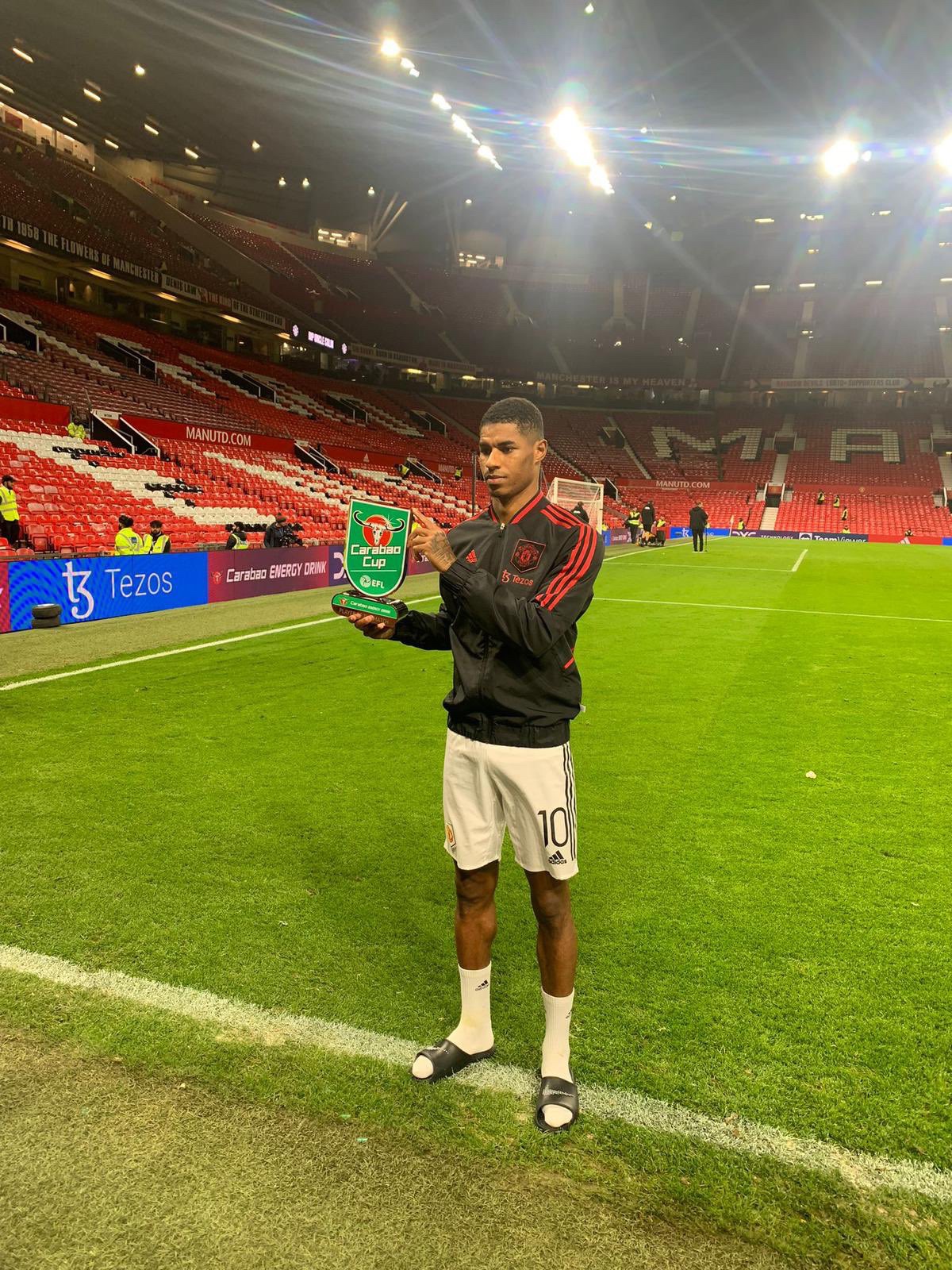Celebrity Security: How England’s National Football Team Are Using Dogs for Protection

With the rise of fame comes the rise of threats to celebrities. Not only are their net-worth common knowledge, but their mansion’s locations and prices are often available on the internet. This invites a host of unwelcome attention, and, recently, a spat of burglaries and security issues.
To deal with this rising threat, many celebrities have taken to buying specially trained protection dogs with security insurance to help protect their family and assets. Companies such as Chaperone K9 and Elite Protection are some of the biggest in the security dog sector, providing some of the UK’s leading footballers, musicians, and the World’s Strongest Men with the protection they need.
Here, we will explore how England’s national football team players have invested in this form of security.
Raheem Sterling
Raheem Sterling has had an impressive career from Liverpool to Manchester City and Chelsea. He debuted for England’s National Team in 2012. His net worth currently lies at $45 million – with his Cheshire-based mansion costing £3.1 million.
To help protect his family, as well as his home, Sterling invested £15,000 in home security when he bought Okan, the rottweiler, back in 2018.
Kyle Walker
Kyle Walker debuted for England in 2011 and played for teams such as Aston Villa and Manchester City. With a net worth of £25 million, he believed a specialised guard dog was crucial for the protection of his family and home.
Back in 2021, he spent £40,000 on a Doberman named Apollo to offer added protection to his £3.5 million six-bed mansion in Cheshire.
Jack Grealish
Jack Grealish is one of the great faces of the England squad, playing for Aston Villa, England, and now Manchester City. As of February 2022, Grealish had a net worth of 20 million euros.
And with his growing popularity and income comes a growing concern for safety and security. When Dele Alli’s house was raided in 2020, Grealish invested £25,000 in a Belgian Malinois.
Since then, Jack Grealish has gone on to purchase again from Chaperone K9 Services this year. Adding another two protection dogs to his home, spending a further £40,000 on his security. This comes after his recent popularity from the World Cup hosted in 2021 and his recent transfer to Manchester City.
Marcus Rashford
Marcus Rashford has seen incredible success since his club and national debuts back in 2016, playing for Manchester United and England. Rashford is currently worth $25 million.
Home security is increasingly important for footballers, especially those with the status of Marcus Rashford, as an increased concern for their safety grows. Earlier in the year, Rashford’s brother Dane, and Trent Alexander-Arnold’s brother, Tyler, were robbed at a restaurant in Manchester by two armed men.
It is no wonder that Rashford invested so early in K9 home protection. Back in 2018, Marcus Rashford invested in his protection dog, The Saint. This was seen in succession with other footballers, such as his teammate Phil Jones who also invested in one of Chaperone K9’s 12-month trained guard dogs.
Rio Ferdinand
And even ex-footballers have decided to invest in protection dogs as part of their security teams, including Rio Ferdinand. After a number of high-profile crimes against footballers, with an increased threat of home invasion and burglaries, Kate and Rio Ferdinand also spent £40,000 on a Chaperone K9 dog.
Rio Ferdinand has a current net worth of $75 million as of December 2021.
Harry Maguire
While Harry Maguire has not purchased a permanent protection dog, he has had dogs involved in his security. With an approximate net worth of £24 million and a £4 million Cheshire mansion, Maguire has had his own threats. Recently, after a bomb threat was made on his house, sniffer dogs were deployed to check the security of his home.
Whether it is a unit of sniffer dogs seeking out bomb threats or specially trained Doberman and German Shepherds bought for added home security, footballers are looking for the ways they can protect their families, homes, and assets. Protection dogs offer loyal security against home invasions and burglaries, and with an escalation in the number of footballer-targeted crimes in the past 15 years, it is no surprise that many of England’s National Football Team are opting for this level of protection.






